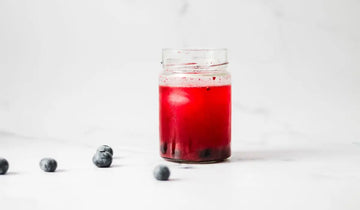1) The modern food production process has reduced its quality. Modern agriculture and intensive livestock farming have meant that foods no longer have as many vitamins and minerals as they once did. However, they have the same number of calories.
We are therefore taking foods that "do not nourish as much as before." We need to eat more than our grandparents to get the same amount of nutrients. The soils are increasingly impoverished and plants produce fruits and leaves with fewer vitamins and minerals.
The animals are fed with feed and grain instead of grass, and this makes their meat deficient in some vitamins.
2) The RDA (recommended daily allowance) is not the ideal amount. It is only the amount necessary to avoid having any deficiency disease in the short term. To optimize health and reach your maximum potential, combat stress and the current pace of life, the amounts needed are significantly higher than the RDA.
3) Some micronutrients are even more beneficial if taken in larger quantities. This is the case of vitamin C. We are one of the few animals that do not have the ability to produce it ourselves and it is a vitamin that plays a crucial role in the functioning of the immune system.
We lost the ability to synthesize it in an environment where it was not a problem, since ancestral fruits and vegetables had a much higher amount than current species. It was not a disadvantage, at least thousands of years ago. Today it is known that under conditions of stress, mammals and humans consume part of their vitamin C reserves. But animals have an advantage over humans, they compensate for the losses by producing vitamin C again in their organisms. We do not.
It has been proven that a goat under stress is capable of producing up to 15,000 mg of vitamin C. And do they really recommend that we take 75 mg per day?
We, and most up-to-date doctors and nutritionists, don't see any sense in it. And science proves us right.









